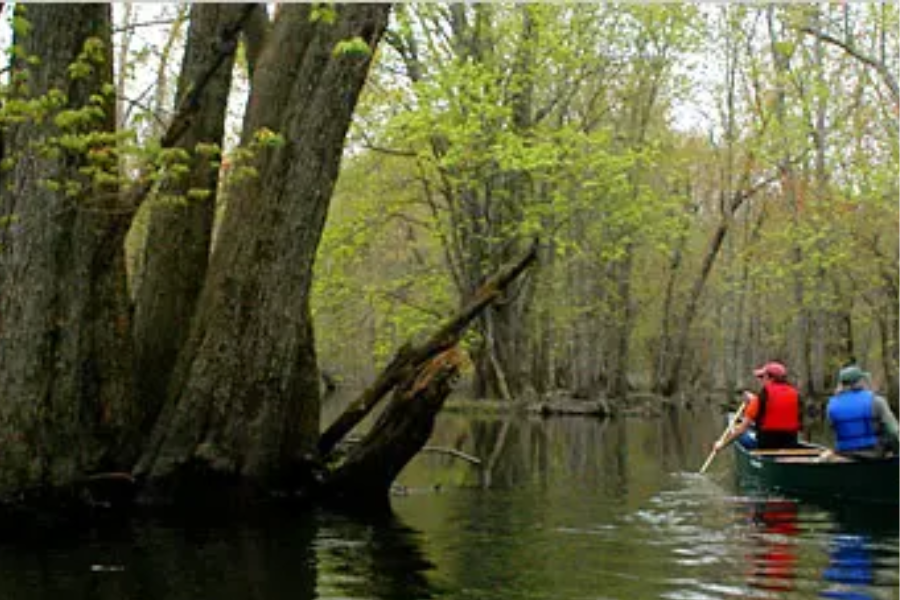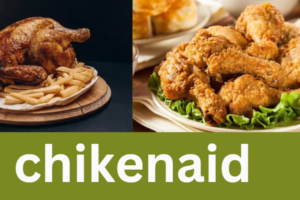Swampy Areas in the Southern US: A Guide to NYT Crossword Clues
Are you an avid NY Times crossword enthusiast who’s found themselves stuck on clues related to the swampy regions of the Southern United States? You’re not alone! These clues are tricky but often lead to fascinating discoveries about the geography, culture, and ecology of the southern US. In this guide, we’ll explore common answers to these crossword clues and provide some insights into the rich landscapes they represent. Grab a pencil (or pen) and let’s dive into the wetlands together!
Introduction to the NYT Crossword
If you’re a fan of word games, thehttps://ventstech.com/ New York Times crossword puzzle is likely familiar. Every day, solvers are challenged by clues that test their knowledge and creativity. One of the recurring themes involves swampy areas in the Southern United States. These clues not only challenge your vocabulary but also encourage exploration of America’s geography and cultural nuances. One such clue, “Swampy area in the Southern US,” takes you deep into the mysterious and biodiverse environments of the South.
Understanding the Southern US Region
The Southern United States is known for its distinctive landscapes, which range from rolling hills to expansive water systems. This region includes states like Louisiana, Mississippi, Alabama, Texas, Georgia, and Florida, each offering its unique flavor of southern charm. Beyond its cultural richness, the area is defined by vast wetlands, slow-moving rivers, and marshlands that contribute to its ecological diversity. The South is famous for its warm climate, lush vegetation, and vibrant wildlife, making it a focal point for clues related to swamps in crossword puzzles.
The Crossword Clue: “Swampy Area in the Southern US”
One clue that regularly appears in the New York Times crossword is “Swampy area in the Southern US.” The solution usually refers to specific terms associated with wetland ecosystems prevalent in the South. Some common answers include bayou, delta, and Everglades, each representing a distinct type of swampy region. Let’s take a closer look at these terms and their meanings.
Possible Answers and Their Meanings
1. Bayou
A bayou refers to a slow-moving or stagnant body of water, often found in low-lying areas in the southern United States, particularly in Louisiana. Bayous are characterized by their still, swampy waters, bordered by cypress trees draped in Spanish moss. They are teeming with life, from alligators sunning on the shores to diverse bird species nesting in the surrounding trees.
2. Delta
A delta is a landform that forms at the mouth of a river, where it deposits sediment, creating a triangular shape. The Mississippi Delta is one of the most famous in the world, known for its fertile soil and crucial role in agriculture. Deltas are lush environments, providing habitat for a wide variety of wildlife and serving as important ecosystems.
3. Everglades
The Everglades in Florida is a massive subtropical wetland, home to a unique combination of freshwater and saltwater habitats. This ecosystem is characterized by slow-moving waters, tall grasses, and mangrove forests. The Everglades are vital for the health of Florida’s environment and support countless species, from wading birds to the American alligator.
Other Common Clues and Answers
While “bayou,” “delta,” and “Everglades” are some of the more frequent answers, there are additional terms you might encounter. Words like cypress (a tree often found in swamps), marsh, and wetlands are often used to describe these watery habitats. Occasionally, clues might even point to specific animals, like gator (short for alligator), which are commonly found in these swampy regions.
Exploring Southern Swamps: Activities and Tips
Beyond crossword puzzles, the southern US offers real-life adventures into its swampy areas. Swamps like those found in Louisiana or the Everglades provide unique opportunities to explore the beauty of nature. Guided tours can take you through narrow waterways, where you’ll encounter wildlife in their natural habitat. Kayaking, hiking on elevated boardwalks, and wildlife photography are just a few activities that bring visitors close to the beauty and mystery of these wetlands.
If you decide to visit, don’t forget your bug spray—mosquitoes are common in these humid environments! And remember to respect the wildlife, as swamps are home to many species that play vital roles in their ecosystems.
Flora and Fauna of the Southern Wetlands
Swampy areas in the southern US are rich with biodiversity. Tall cypress trees dominate the landscape, their roots submerged in water. Other vegetation, like water lilies and duckweed, floats atop the water, creating picturesque views. These wetlands are also home to various bird species, such as herons, egrets, and even the occasional kingfisher.
Reptiles, including alligators and turtles, make their homes in the waters, while mammals like otters and raccoons roam the shores. This diverse ecosystem is not only vital for wildlife but also for maintaining environmental health in the region.
Conclusion: A Rich Landscape, On and Off the Page
When solving a crossword puzzle, clues about “Swampy area in the Southern US” give us an opportunity to appreciate a fascinating part of America. Words like bayou, delta, and Everglades conjure images of lush wetlands, rich wildlife, and a way of life that has thrived in harmony with nature for centuries. These clues deepen our understanding not just of vocabulary, but of the landscapes and cultures that make the southern United States so unique.
So next time you tackle a NYT crossword, you’ll be ready to wade through the murky waters of wordplay with confidence. Happy solving!














Post Comment